October 29, 2025
Data Shows Endangered Palau Ground Doves Swiftly Recovering After Successful Palauan Island Conservation Effort
Astounding evidence of recovery on Ulong Island in Palau after just one year!
Published on
July 28, 2017
Written by
James Russell
Photo credit
James Russell

By: James Russell
Invasive alien species are the major threat to islands by most metrics, and two open access papers published recently highlight this threat in different ways. In Nature Ecology and Evolution Wayne Dawson and colleagues identify global hotspots of alien species richness, and find islands and coastal continental areas are most strongly invaded. They also determine taxonomic group pairings which occur disproportionately often, such as birds with mammals, or vascular plants with spiders. New Zealand is identified as a particular hotspot for all possible combinations of taxonomic group pairings.

Meanwhile, myself and colleagues from Island Conservation and the IUCN Invasive Species Specialist Group review invasive alien species on islands in Environmental Conservation. Analysing the distribution of invasive alien species on 33 small island developing states we found most invasive alien species are only on a few islands. However, we identify the 15 most widespread invasive alien species on islands. Most of these invasive alien species are plants, and outside of the tropical SIDS they are also widespread on other islands such as New Zealand. We also review the diverse impacts invasive alien species have on islands, and their interactions with other global change threats.
| Species | Name | Type | Origin |
|---|---|---|---|
| Leucaena leucocephala | White leadtree | Tree | Central America |
| Casuarina equisetifolia | Ironwood | Tree | SE Asia to Australia |
| Paratrechina longicornis | Longhorn crazy ant | Ant | Tropical Africa |
| Rattus rattus | Black rat | Rodent | India to SE Asia |
| Adenanthera pavonina | Red bead tree | Tree | India to S China |
| Psidium guajava | Common guava | Tree | Central America |
| Gliricidia sepium | Quick stick | Tree | Central America |
| Kalanchoe pinnata | Air plant | Herb | Madagascar |
| Tapinoma melanocephalum | Ghost ant | Ant | Tropical Africa and Asia |
| Culex quinquefasciatus | Southern house mosquito | Mosquito | Tropical Americas |
| Cyanthillium cinereum | Little ironweed | Herb | Tropical Africa and Asia |
| Jatropha curcas | Barbados nut | Shrub | Central America |
| Mus musculus | House mouse | Rodent | Central Asia |
| Oreochromis mossambicus | Tilapia | Fish | Southern Africa |
| Portulaca oleracea | Purslane | Herb | Africa and Asia |
Both studies highlight the factors which correlate with higher invasive and alien species richness on islands, namely gross domestic product (wealth), population size and density, and island area and coastline. Both studies also emphasise the important role biosecurity must play in slowing the rate of introductions, and eradications must play redressing the impacts of invasive alien species on islands.

All these topics were covered in depth at the Island Invasives conference held this month in Scotland.
Featured Photo: Hazy Coastline on Antipodes Island, New Zealand. Credit: Island Conservation
This article was originally printed in National Geographic
Check out other journal entries we think you might be interested in.

October 29, 2025
Astounding evidence of recovery on Ulong Island in Palau after just one year!

August 28, 2025
A new paper reveals the benefits of holistic restoration on Australia's Lord Howe Island!
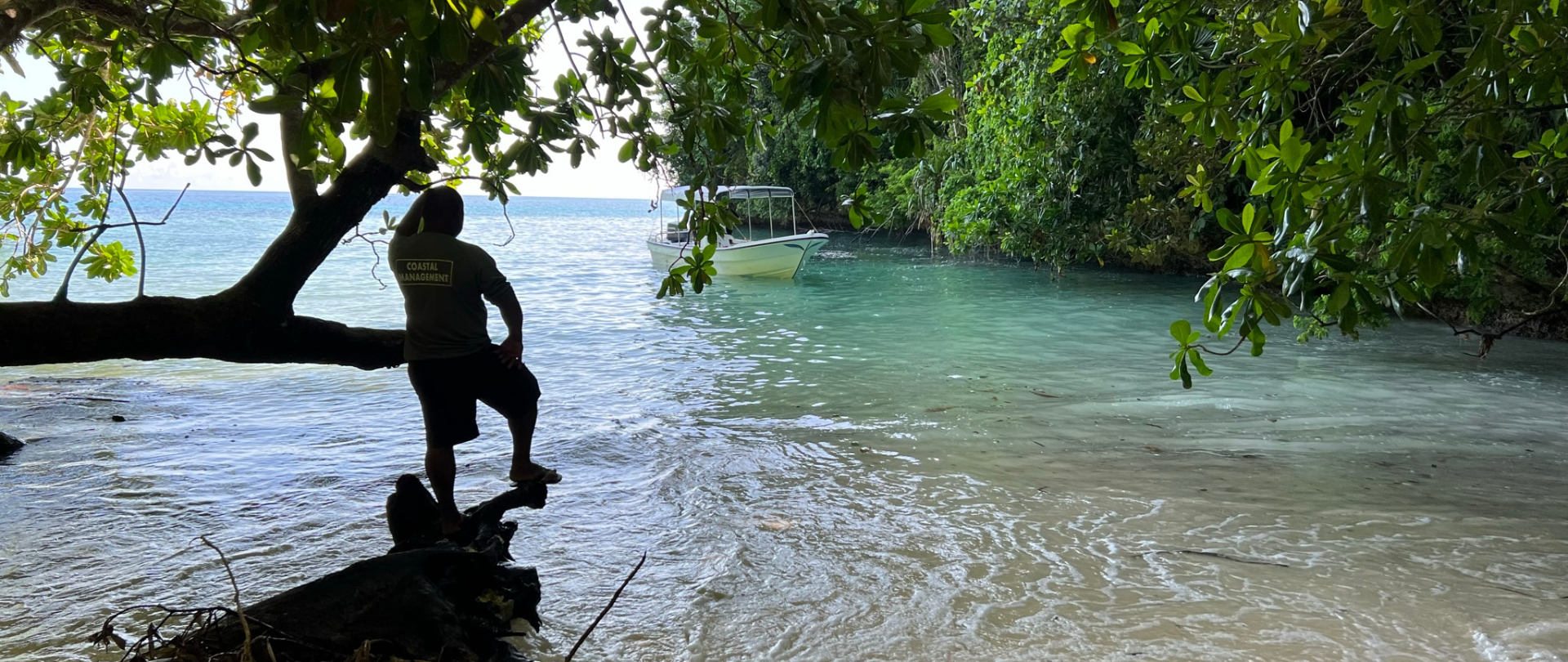
May 19, 2025
Read our position paper on The 3rd United Nations Ocean Conference (UNOC 3) to see why we're attending and what we aim to accomplish!
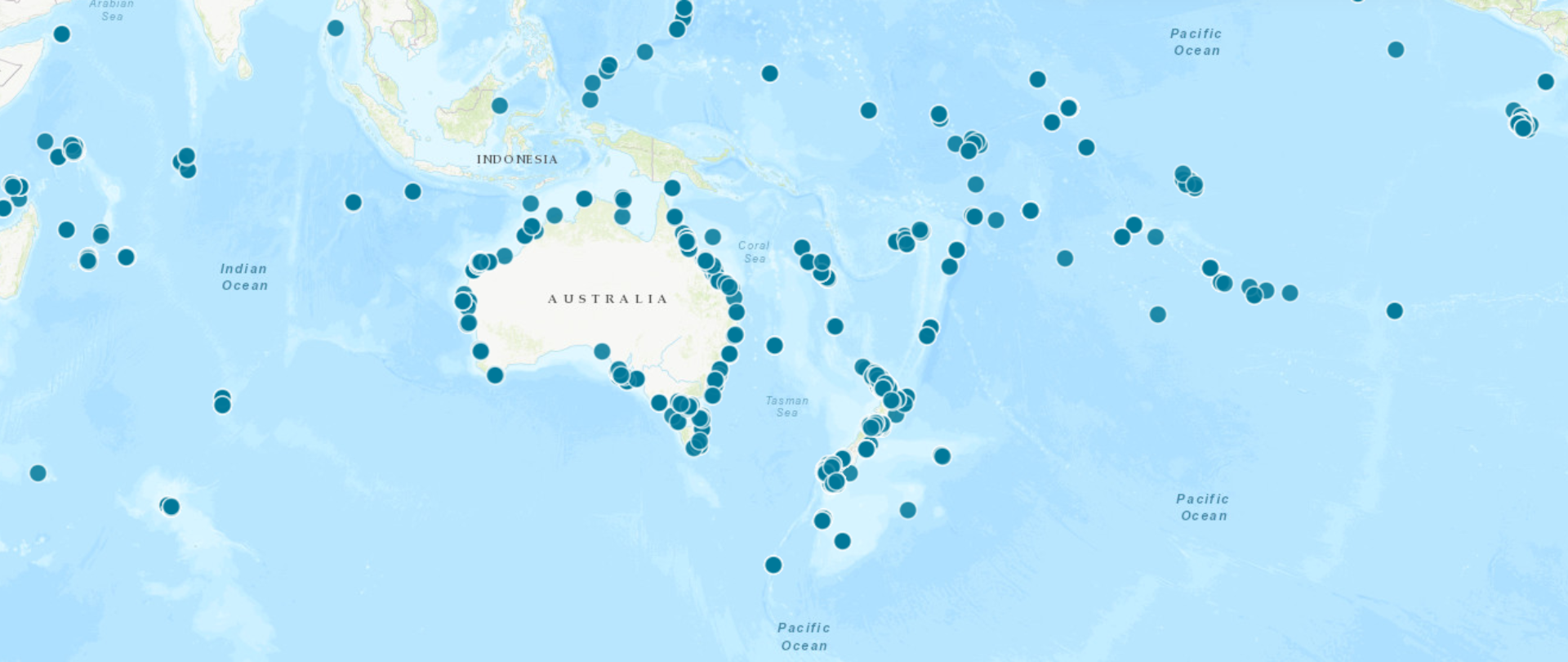
March 20, 2025
The DIISE is full of important, publicly-accessible data about projects to remove invasive species from islands all around the world!
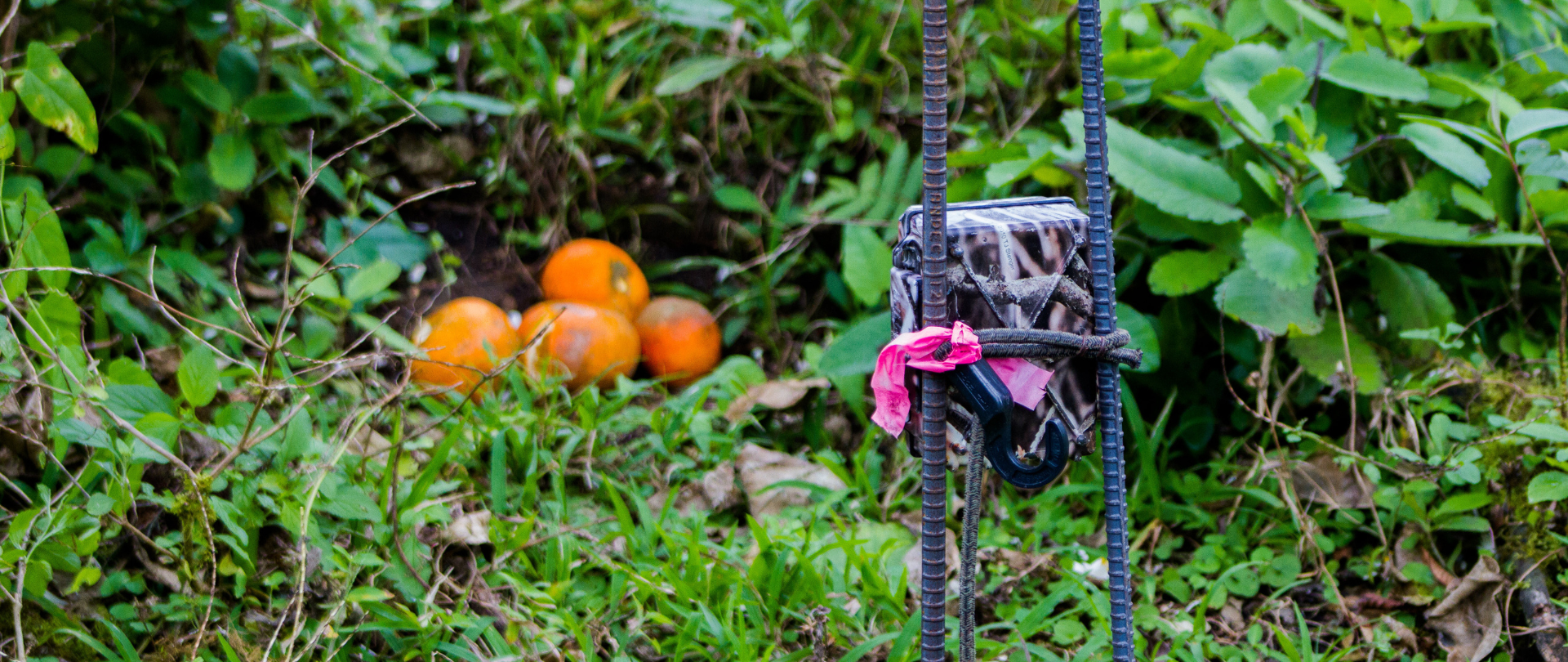
December 10, 2024
We're using a cutting-edge new tool to sense and detect animals in remote locations. Find out how!
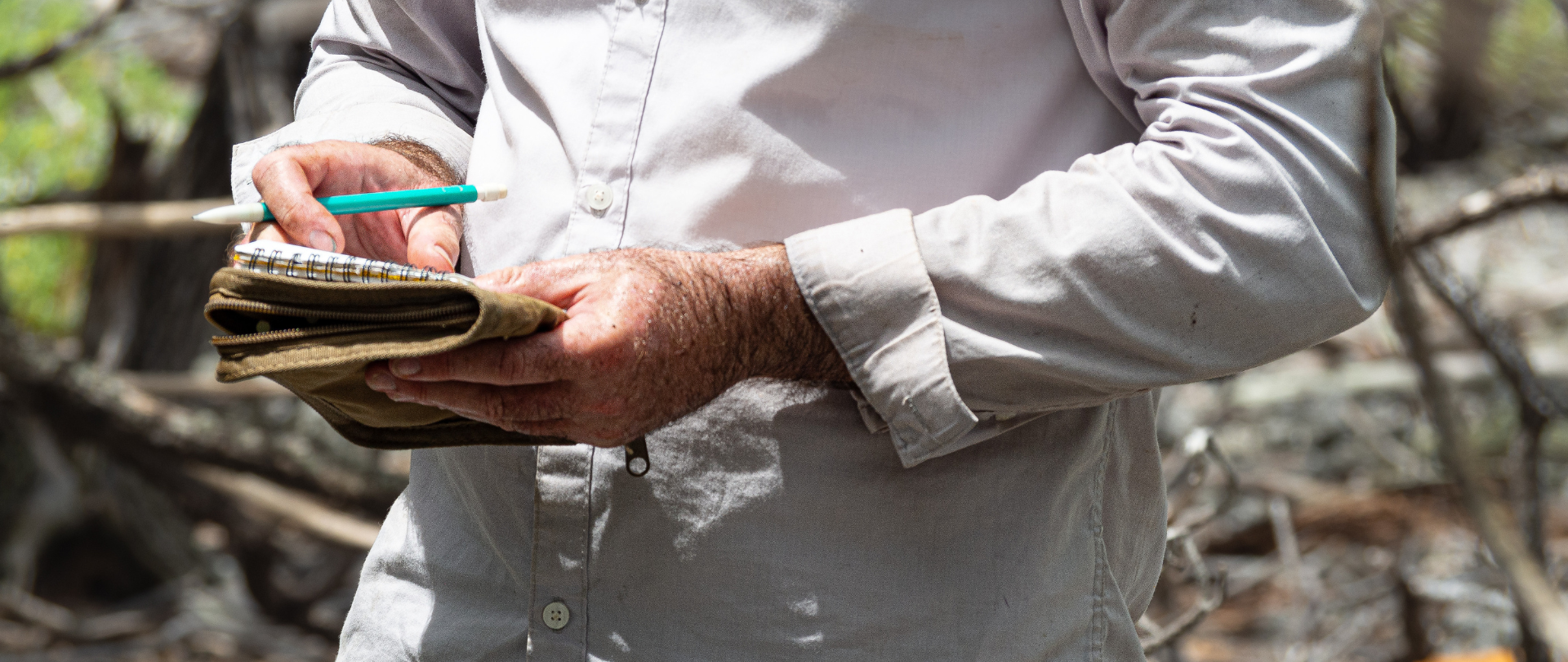
December 9, 2024
Groundbreaking research has the potential to transform the way we monitor invasive species on islands!
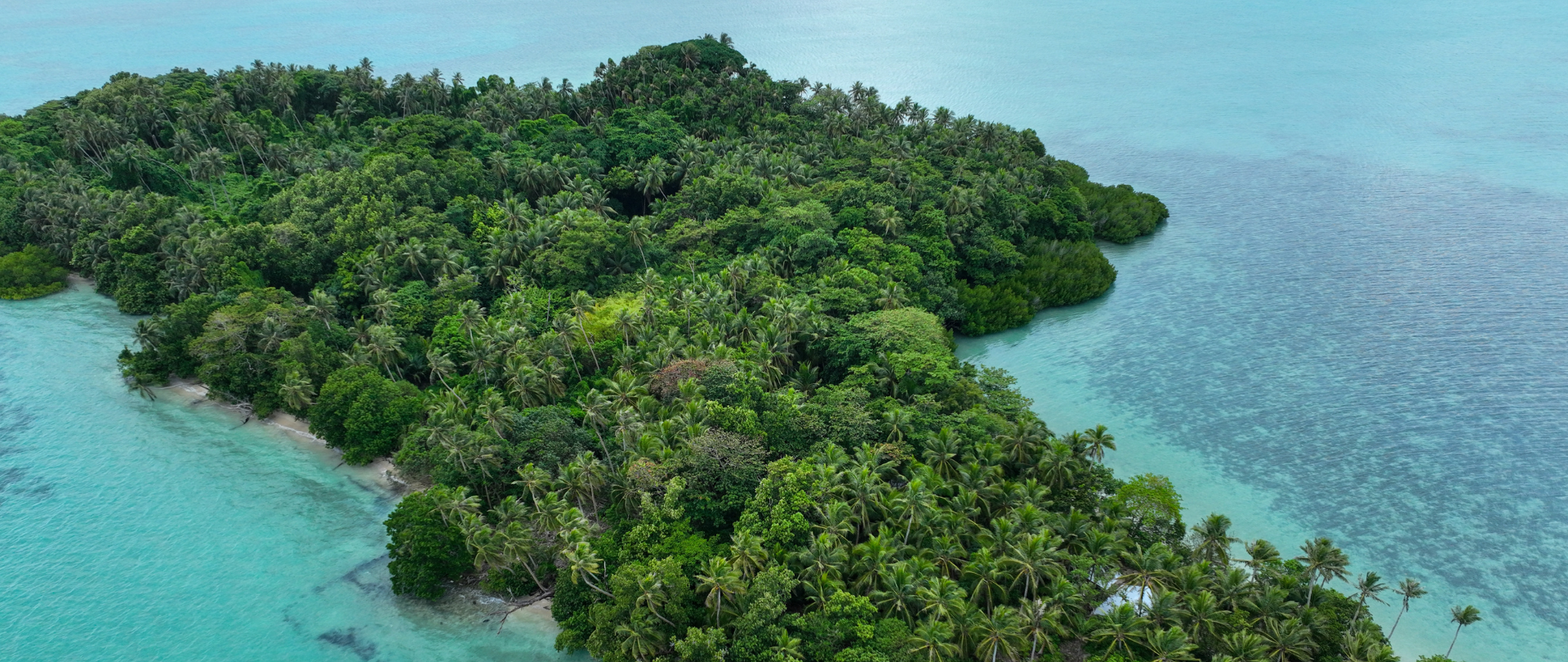
December 4, 2024
Ann Singeo, founder of our partner organization the Ebiil Society, shares her vision for a thriving Palau and a flourishing world of indigenous science!
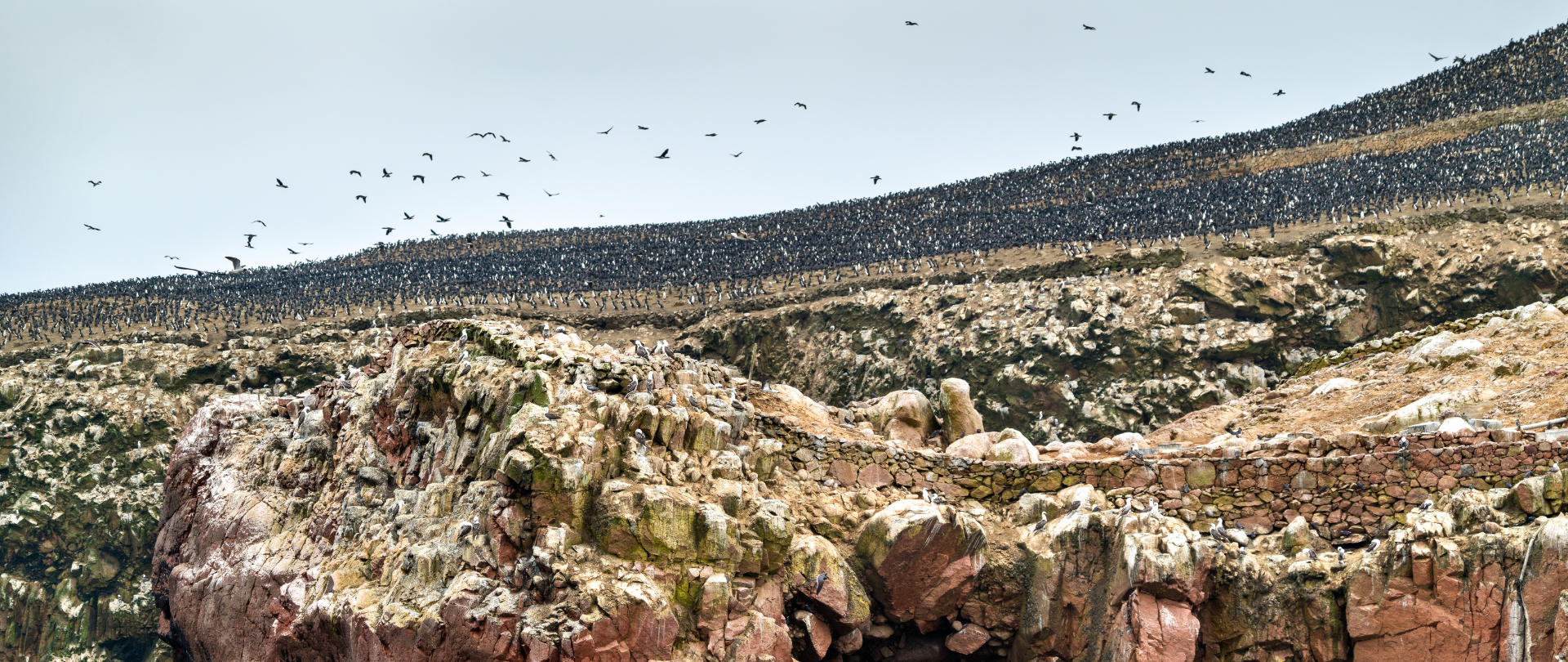
November 22, 2024
This historic agreement aims to protect the marine and coastal areas of the Southeast Pacific.
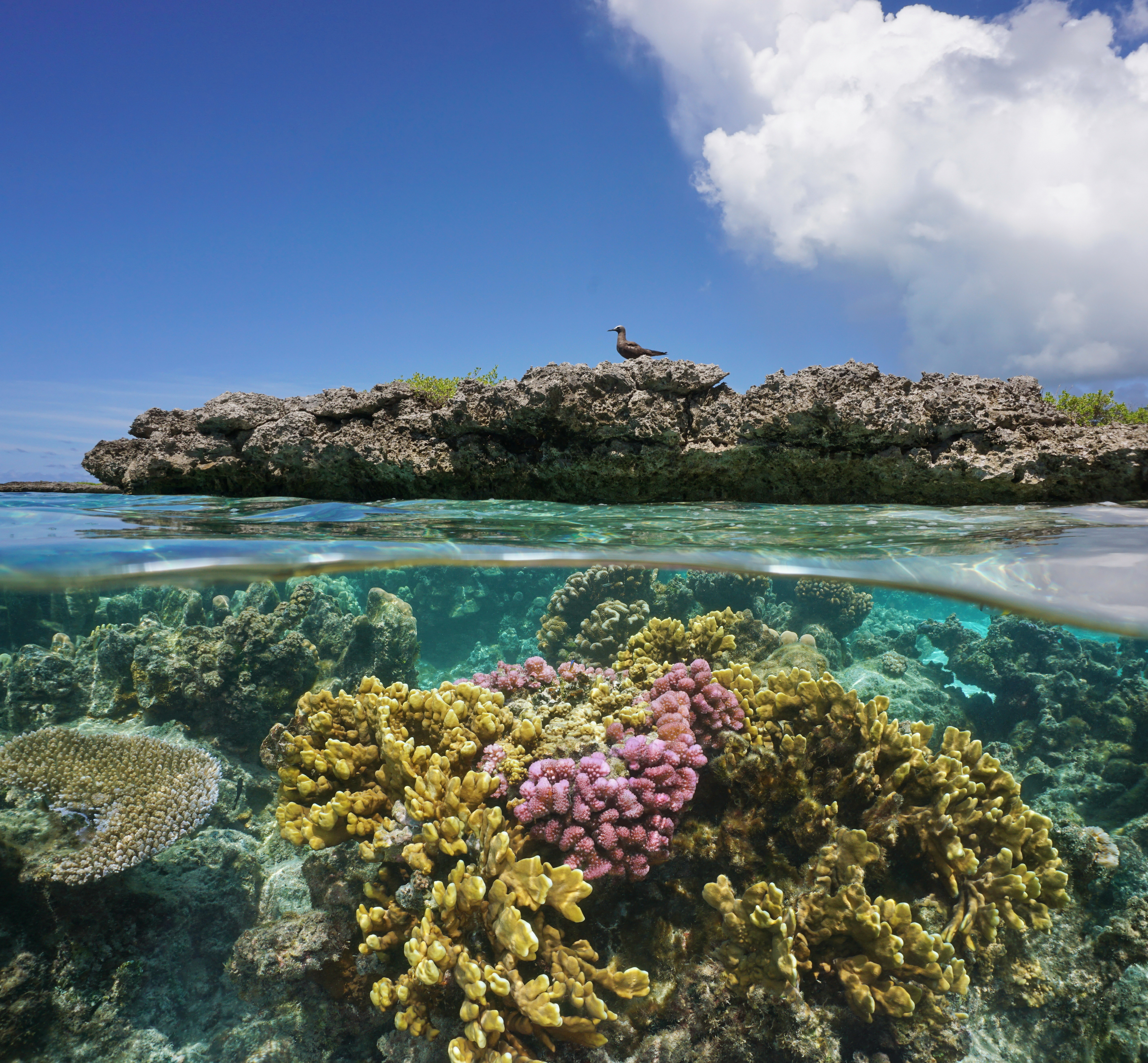
November 18, 2024
Our projects to restore key islets in Nukufetau Atoll forecast climate resilience and community benefits in Tuvalu!
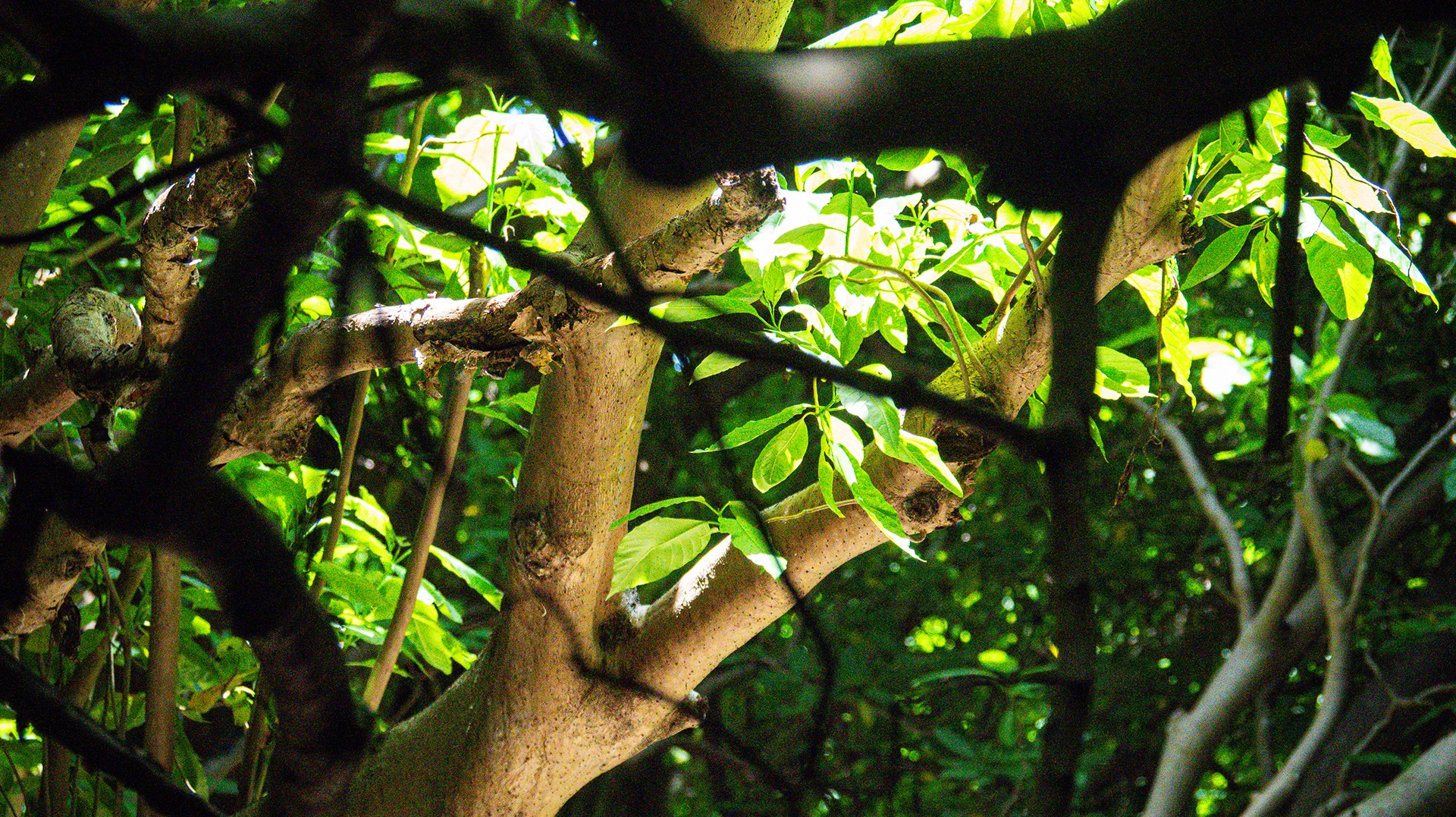
October 3, 2024
Island Conservation and partners have published a new paper quantifying ecosystem resilience on restored islands!